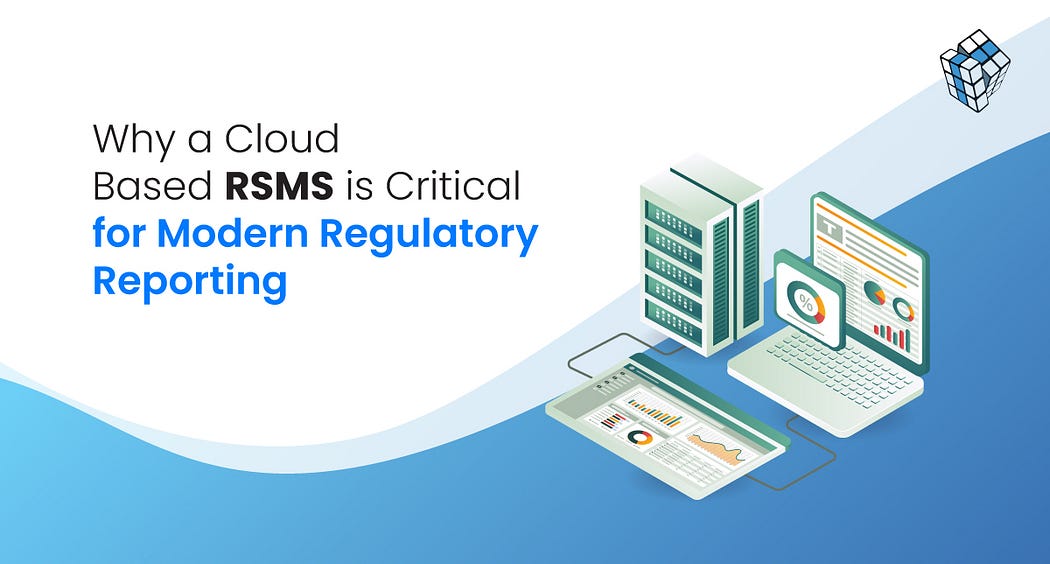Why Cloud-Based RSMS Is No Longer Optional — It’s Essential for Modern Compliance

In today’s hyper-regulated financial landscape, firms are wrestling with an ever-growing web of oversight demands from bodies like FINRA and the SEC. Legacy tools — spreadsheets, disjointed systems, and manual processes — are quickly becoming liabilities. With expectations for accuracy, transparency, and defensibility constantly rising, compliance teams must evolve beyond reactive methods. Enter cloud-based Regulatory Surveillance and Management Systems (RSMS) — a game-changer.
1. The Regulatory Burden Has Intensified
Regulators now expect more than just submission of data. Whether it’s FINRA’s CAT or the SEC’s stringent 17a-4 recordkeeping rules, firms must capture, validate, and report huge volumes of data accurately and consistently. Manual and legacy systems simply can’t keep up with the pace or complexity required.
2. Centralized, Scalable, and Cloud-Based
A cloud-based RSMS consolidates surveillance, validation, reporting, and case management into one unified, scalable platform. It supports seamless data integration, enabling firms to remain audit-ready — all while adapting swiftly to regulatory changes.
3. Proactive Surveillance & Validation
Rather than waiting for regulators to flag an issue, cloud RSMS platforms actively monitor trading patterns, filing accuracy, and anomalies in real time. They validate submissions like OATS or CAT before they go out, helping firms catch errors early and maintain integrity.
4. Intelligent Exception Management
Not all discrepancies are equal — and RSMS understands that. It categorizes exceptions by severity, urgency, and historical patterns, ensuring that compliance teams focus on what really matters. Intuitive dashboards offer a clear, consolidated view to track and resolve outstanding issues.
5. Align CAT & CAIS Seamlessly
For firms navigating both CAT and CAIS reporting, RSMS offers much-needed integration. It links data from trading systems to regulatory submissions, enabling firms to spot discrepancies and maintain visibility across compliance workflows.
6. Consistently Audit-Ready
Audit trails matter. RSMS logs every action — from file submissions to exception resolutions — making regulator reviews smoother and less stressful. Features like RSMS CASE modules (e.g., CAT-Recon and CATalyst) help firms preemptively analyze data and prepare for inquiries.
7. Keeping Pace with an Evolving Regulatory Landscape
Regulation isn’t static, and neither should compliance systems be. Cloud-based RSMS updates automatically as rules evolve, so firms stay compliant without disruption. Firms embracing proactive systems gain resilience and a competitive edge in mid-2025 (and beyond).
Summary Table
ChallengeRSMS AdvantageGrowing regulatory complexityCentralized, scalable platform with real-time tracking and validationFragmented data & manual workflowsIntegrated surveillance, CAT/CAIS alignment, and automated exception handlingError-prone reportingPre-submission validation & intelligent prioritizationRegulatory scrutinyComprehensive audit trails and dashboardsRapid rule changesCloud-based updates ensure ongoing compliance readiness
Final Thoughts
As regulatory scrutiny tightens and complexity multiplies, firms can no longer afford patchwork systems or reactive strategies. A cloud-based RSMS transforms compliance from a burdensome obligation into a proactive advantage, delivering confidence, efficiency, and preparedness. Now is the time to embrace the shift — because in compliance, being ready isn’t optional. It’s critical.
Comments
Post a Comment